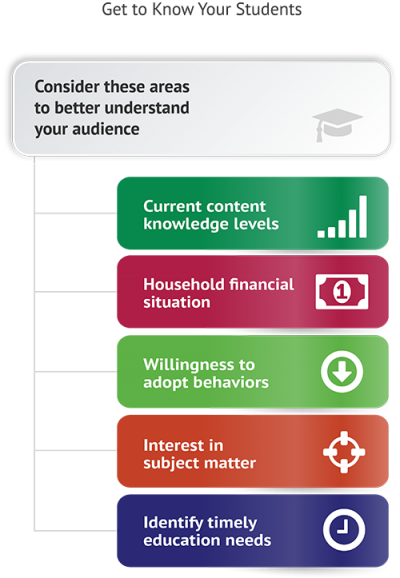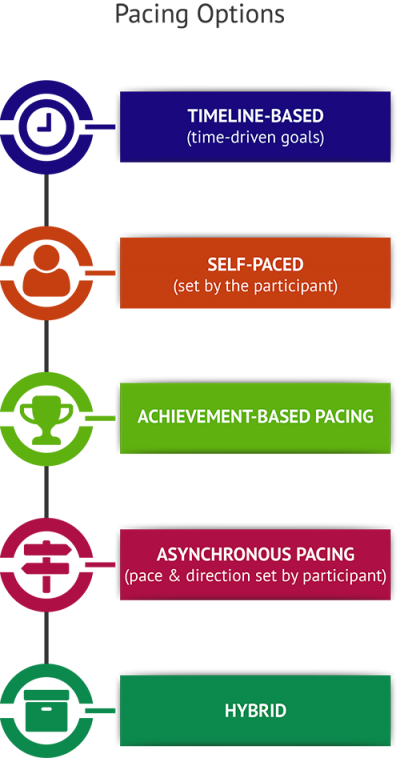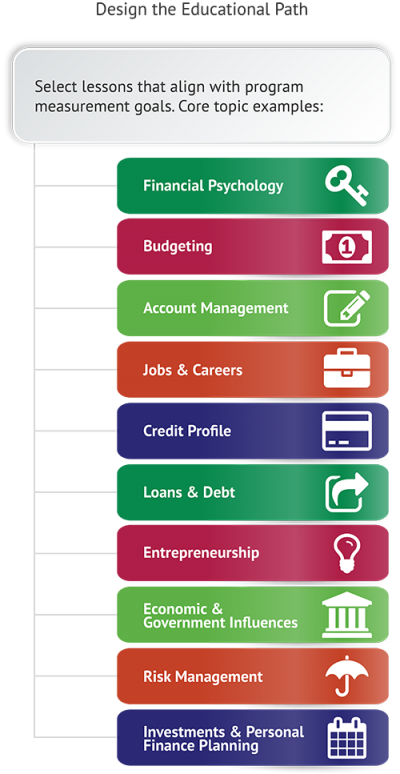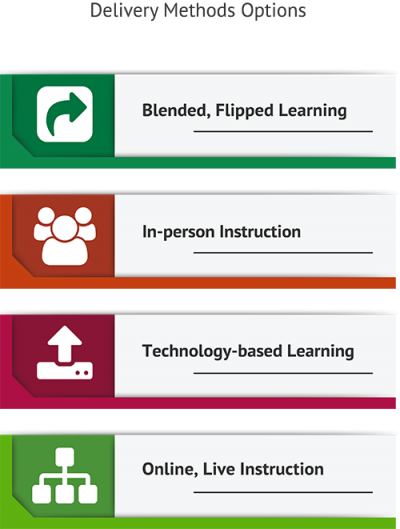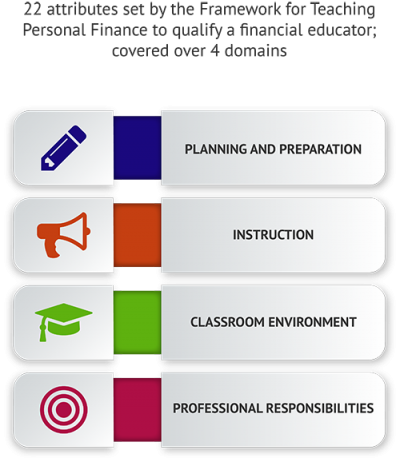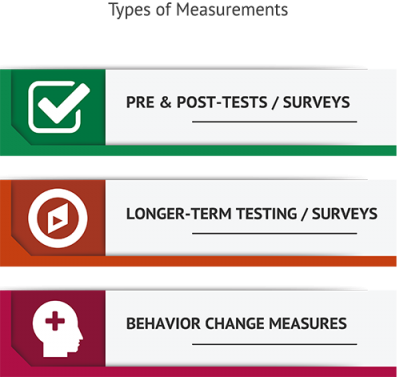An Essential Guide to Finding High School Finance Lesson Plans
Looking around for useful and engaging educational content online can be an overwhelming experience. If you’re a professional in search of high school finance lesson plans, you probably already know this very well. You can say goodbye to all that stress, because you’ve found us here at the NFEC – where we have a solution. Here, our dedicated team has carefully built a complete guide that’s designed to enable anybody to leverage high-quality educational material for this very reason.
Following several years of success in this area, the NFEC now provides high school finance lesson plans to users all around the world. We enable our clients leverage high-quality learning resources that can be customized for any group or audience, regardless of their age group or socioeconomic situation.
The materials we’ve managed to develop are both engaging and beneficial, while also providing participants with an entertaining knowledge-building experience.
1. Real-Life Success with High School Finance Lesson Plans
Sandra is a high school counselor in a small town, where she has been helping students for nearly two decades. At the moment, she is responsible for 53 students that are very close to their graduation dates. As a very proactive counselor, she felt a responsibility to do her best in getting these students ready for success in their financial lives, so she was hoping to put together high school finance lesson plans that would be beneficial for them in the future. She was just a counselor, however, so she was unsure how to proceed with providing this type of knowledge – which is why she ended up reaching out for some assistance.
During some regular bi-monthly meetings, she did an informal financial literacy survey of the high school students, realizing that the majority of them had almost zero knowledge when it comes to responsible money habits. It was in that moment that she knew an easy-to-digest resource geared toward complete novices would be ideal for this particular group.
2. When Rubber Meets the Road
Sandra already knew two things for certain: there was a need for financial literacy education and these students were super new to the subject. Her initial plan was to assist this group to quickly get a solid working knowledge of personal finance concepts, mostly through recommending some structured material. The long-term goal was that these students would reach a level of total proficiency before graduation came around. At that early moment, however, she knew that sticking to just core concepts would be the best idea for the first finance lesson plans for high school students.
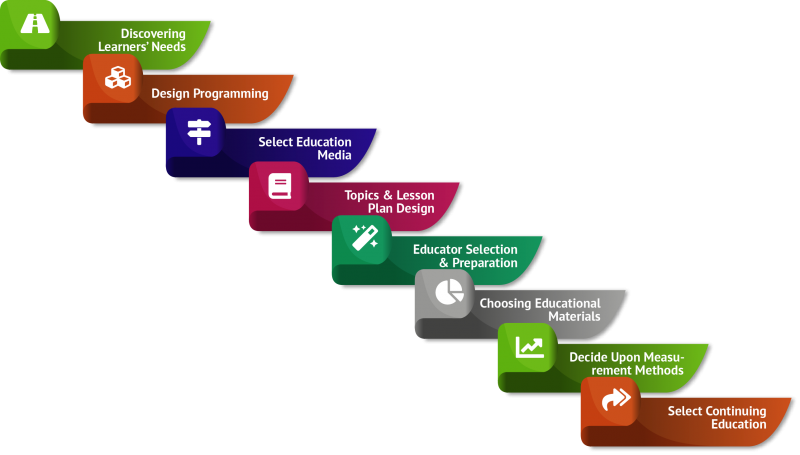
3. Refining High School Finance Lesson Plans
At that point in time, Sandra already had an idea of what she wanted to do in both the short term and the long term. The next action would need to be planning: What pace should she choose? What about the format? It would be best if she could get a course that’s divided up into easily digestible portions. This caused her to opt for self-paced high school finance lesson plans.
4. Narrowing Down Financial Curriculum for High School
Sandra suddenly understood that her idea for this finance curriculum for high school remained a little broad, especially given the fact that she wanted to focus on just getting the ball rolling. She needed to narrow the primary focus of the program, so she decided to organize the beginning segment around something they were interested in – the top votes from students were lessons on how to buy a car.
5. Finding Ideal Timing
6. Fun Finance Lesson Plans for High School Students
Sandra certainly had the ability to teach to this group directly with financial literacy lesson plans her school provided, but that might not have been the best route if she truly wanted to achieve her goals. She needed to find someone to help her – a person who knew how to build high school finance lesson plans that were entertaining while still being effective. Thankfully, she was able to get in contact with a NFEC Certified Educator that was skilled at infusing fun into dry material.
7. Breaking Down the Results
8. The Art of Following Up
Sandra realized that the progress the participants achieved up until that moment would be at risk if they didn’t receive continued support to enable them to apply what they learned in the real world. As the high school finance lesson plans came to an end, she came to think that it would be wise to craft some personalized, supportive email messages to the students that participated – congratulating everyone and trying to motivate them to continue their learning process.
However, she truly wanted to help them continue their knowledge-gaining journey on the subject of personal finance. To keep helping them even more, Sandra opted to offer ongoing courses that would be similar in format to the initial one.

